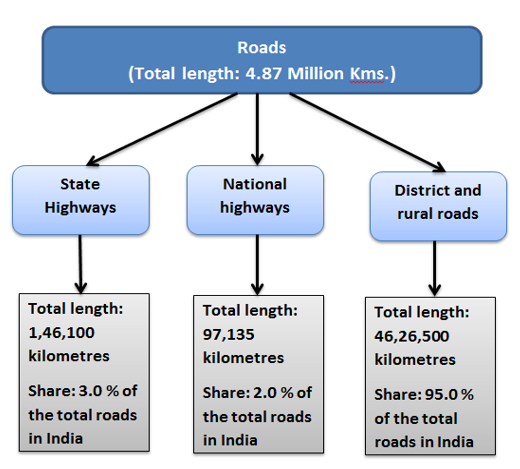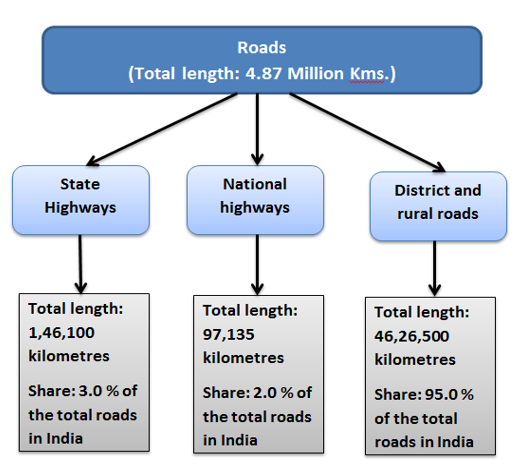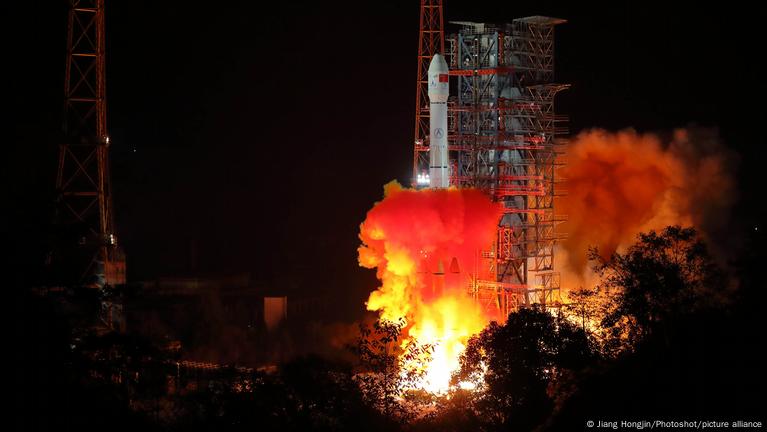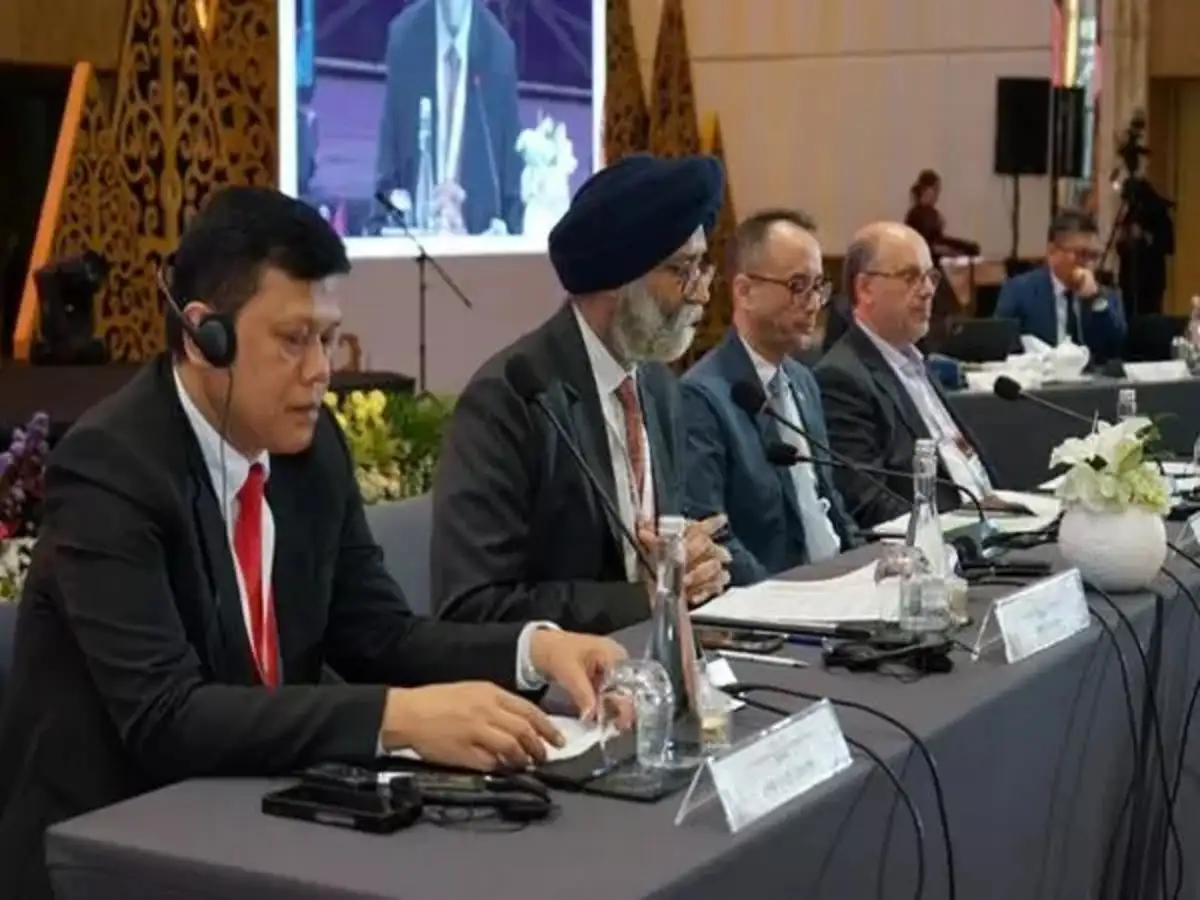- Courses
- GS Full Course 1 Year
- GS Full Course 2 Year
- GS Full Course 3 Year
- GS Full Course Till Selection
- Online Program
- GS Recorded Course
- NCERT (Recorded 500+ Hours)
- Polity Recorded Course
- Geography Recorded Course
- Economy Recorded Course
- AMAC Recorded Course
- Modern India, Post Independence & World History
- Environment Recoded Course
- Governance Recoded Course
- Science & Tech. Recoded Course
- International Relations and Internal Security Recorded Course
- Disaster Management Module Course
- Ethics Recoded Course
- Essay Recoded Course
- Current Affairs Recoded Course
- CSAT
- 5 LAYERED ARJUNA Mentorship
- Public Administration Optional
- ABOUT US
- OUR TOPPERS
- TEST SERIES
- FREE STUDY MATERIAL
- VIDEOS
- CONTACT US
PSCs report on road infrastructure
PSCs report on road infrastructure
12-08-2023

Latest Context:
Recently, a parliamentary standing committee presented a report on road infrastructure in the parliament.
Highlights of the report are:
- Till now, just 25% of the projects under Setu Bharatam scheme have been completed. Setu Bharatam scheme was launched in 2016 to make all national highways free from railway crossings by 2019.
- All Unmanned Level Crossings (ULCs) on Broad Gauge have been eliminated but need to be replaced on Metre Gauge and Narrow Gauge.
- The report found that there is a lack of emphasis on community engagement and the impacts of road projects on local communities.
- It also found that there is a regular delay in providing environmental clearances and land acquisitions.

What is the significance of road infrastructure for India?
- Economic Growth: Road networks play a vital role in supporting economic activities by enabling the movement of goods and services across regions. Well-developed roads enhance trade, reduce transportation costs, and improve market access for businesses.
- Connectivity: India is a diverse country with various geographical terrains. A well-connected road network helps bridge the gap between urban and rural areas, promoting social integration and reducing regional disparities. It ensures that even remote and underdeveloped regions have access to basic services, education, healthcare and markets.
- Employment Generation: The construction, maintenance, and operation of roads generate significant employment opportunities, particularly in labour-intensive tasks. This helps in reducing unemployment and poverty, especially in rural areas where other job opportunities might be limited.
- Agricultural Development: India's economy is heavily dependent on agriculture. Efficient road infrastructure facilitates the movement of agricultural products from farms to markets, reducing post-harvest losses and ensuring fair prices for farmers. It also encourages the adoption of better farming practices and technologies.
- Tourism and Trade: A well-connected road network encourages tourism by making popular destinations more accessible. Improved roads also enhance cross-border trade and connectivity, fostering economic ties with neighbouring countries and beyond.
- Industrialization: Industries require a smooth supply chain to function effectively. Adequate road infrastructure reduces transportation, ensures timely delivery of raw materials and finished products, and attracts investments in various industries.
- Infrastructure Development: Developing road infrastructure often leads to the creation of ancillary infrastructure such as warehouses, truck stops, repair facilities, and other services, further promoting economic activity and job creation.
- Emergency Services and Disaster Management: In times of emergencies, such as natural disasters or medical emergencies, well-maintained roads facilitate the rapid movement of relief supplies, equipment, and personnel, improving disaster response and recovery.
- Urbanization and Real Estate: Improved road connectivity influences urban development patterns. It leads to the growth of satellite towns, promotes real estate development, and supports urban expansion.
- Environmental Impact: While road development can have environmental implications, well-planned road networks can also reduce traffic congestion and air pollution by providing efficient routes and encouraging the use of public transportation.
Challenges in front of road infrastructure in India are:
- Insufficient Funding: Adequate funding for road infrastructure development and maintenance is often a challenge. While government budgets are limited, there's a need for substantial investments to keep up with growing demands and to maintain existing infrastructure.
- Land Acquisition and Right of Way: Acquiring land for road expansion or new projects can be a complex and time-consuming process. Land acquisition issues, including compensation, resettlement, and legal disputes, can lead to delays and increased project costs.
- Project Delays: Road projects in India often experience significant delays due to regulatory hurdles, bureaucratic processes, environmental clearances, and other legal issues. Delays can result in cost overruns and inefficient resource allocation.
- Lack of Maintenance: While new projects are being developed, the maintenance of existing road infrastructure is often neglected. This leads to deterioration, increased repair costs, and reduced safety for road users.
- Quality Control: Ensuring the quality of construction materials and adherence to construction standards is crucial. Inadequate quality control can result in premature deterioration of roads and increased maintenance expenses.
- Traffic Congestion: Rapid urbanization and increased vehicle ownership contribute to traffic congestion in major cities and on highways. Congestion not only leads to productivity losses but also affects air quality.
- Road Safety: India has a high rate of road accidents and fatalities. Inadequate road design, poor signage, lack of pedestrian facilities, and reckless driving contribute to this issue. Improving road safety requires comprehensive measures and awareness campaigns.
- Environmental Concerns: Road development can have adverse environmental impacts, including deforestation, habitat destruction and increased pollution. Balancing infrastructure growth with environmental sustainability is a challenge.
- Connectivity in Challenging Terrains: India's diverse geography includes mountainous regions, deserts, and flood-prone areas, which pose challenges for road construction and maintenance. Developing infrastructure in such terrains requires specialized engineering solutions.
Recommendations are:
- Increase Funding: Allocate more funds to road infrastructure development and maintenance in government budgets. Explore innovative funding mechanisms such as public-private partnerships (PPPs) and infrastructure bonds.
- Streamline Land Acquisition: Simplify land acquisition processes by ensuring transparent compensation, efficient resettlement mechanism, and reduced legal complexities.
- Improve Project Management: Enhance project management practices to reduce delays and cost overruns. Implement robust project monitoring systems to track progress.
- Emphasize Maintenance: Prioritize regular maintenance of existing roads to extend their lifespan and reduce repair costs. Allocate a portion of project budgets for maintenance and establish a dedicated maintenance fund.
- Enforce Quality Control: Strengthen quality assurance mechanisms to ensure the use of high-quality construction materials and to follow the standards. Implement independent quality audits for major projects.
- Promote Public Transportation: Invest in efficient and well-connected public transportation systems to reduce congestion, pollution and road wear. Encourage the use of public transportation through incentives and improved services.
- Enhance Road Safety: Implement comprehensive road safety measures, including better road design, signage, pedestrian facilities, and public awareness campaigns. Enforce strict penalties for traffic violations.
Must Check: IAS Coaching Centre In Delhi



